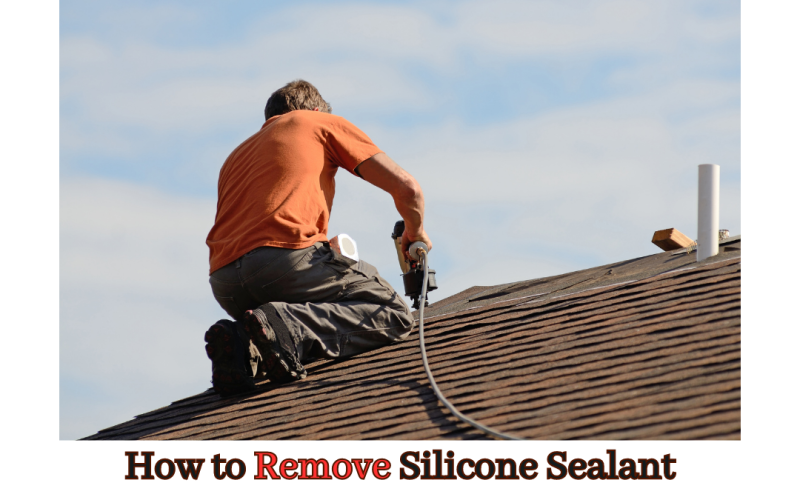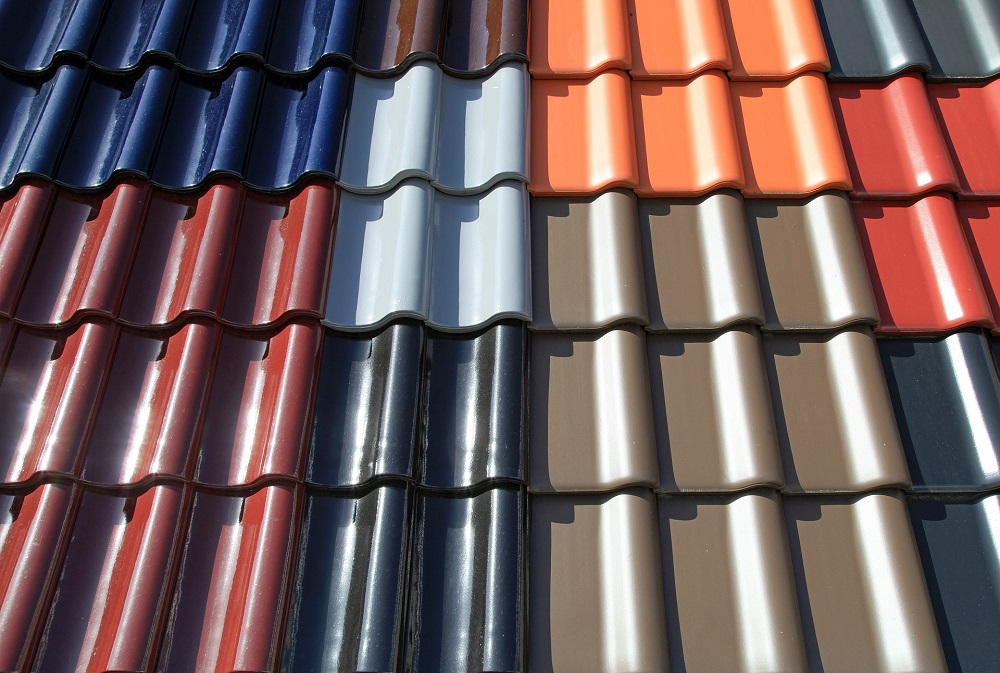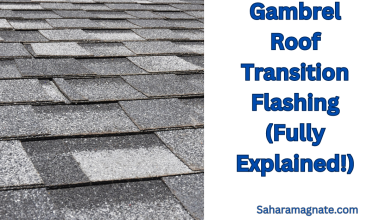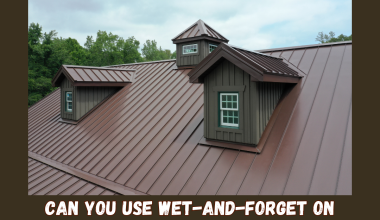Have you noticed your metal roof looking run down? It could be time to go in and scrape off the old silicone sealant.
No matter if you are a homeowner, builder, or contractor, removing silicone sealant from a metal roof can be a tricky job.
But don’t worry; it’s not impossible to do. In this post, we’ll explain what needs to be done to remove silicone sealant from your metal roof effectively and efficiently.
We’ll also cover the tools and materials needed for the job and the best practices for ensuring that it is done correctly.
So if you are looking for tips on removing silicone sealant from a metal roof, we have you covered!
Assessing the Damage to Your Metal Roof
Before you can remove the silicone sealant from your metal roof, you need to look at the damage it’s caused.
While silicone sealant isn’t necessarily damaging in and of itself, it can cause paint and other finishes to peel off when applied directly to a surface without the necessary steps to create a barrier between them.
If you notice any areas where the paint is peeling or bubbling, clean those surfaces carefully before tackling the sealant.
Once you’ve assessed the damage, you can remove the silicone sealant with specialized products such as denatured alcohol or rubbing alcohol.
You must use these products in an area with good ventilation, as they will release potentially hazardous vapors if inhaled.
Wear safety goggles and gloves to protect yourself from any fumes released during this process.
When using these solvents, make sure they are designed specifically for metal roofs. This will help ensure they don’t destroy or discolor your roof while removing the sealant.
How to Remove Silicone Sealant From a Metal Roof
Removing silicone sealant from a metal roof is messy and time-consuming. But don’t worry, we’ll walk you through it step-by-step!
First, you must gather the right equipment: a scraper, razor blade (or similar tool), bucket, rags, gloves, and eye protection.
Once you have those things together, follow these steps:
- Fill the bucket with warm water and some detergent
- Dip a rag in the bucket and apply it to the roof’s surface; let it sit for a few minutes until it softens up the sealant.
- Use a scraper or razor blade to scrape off as much of the sealant as possible—you want to get as much off in one go as possible.
- If necessary, reapply detergent and/or warm water; use a brush to help soften and loosen any remaining sealant.
- Rinse off with clean water
- Clean any remaining residue with rubbing alcohol or acetone
- Rinse one more time with clean water
And there you have it! With some patience and elbow grease (and maybe an extra pair of hands), you can successfully remove silicone sealant from your metal roof without causing any damage.
Properly Preparing the Area for Resealing
Once you’re finished removing the silicone sealant, you’ll need to prepare the area for resealing properly.
Cleaning the Area
It’s essential to ensure the area is spotless of dirt and grime. If a large chunk of silicone sealant was left behind, use a wire brush to remove it and wipe down the area with a damp cloth. Once you’re done with that, use a soap and warm water solution to give it an extra clean.
Applying Primer
After cleaning and drying off the metal roof, apply a primer specifically made for metal roofs.
This will help create an even surface for yourself when you replace the silicone sealant. Usually, your local home improvement store will carry this kind of primer.
If you cannot find any metal roof primer, you can always use a solvent-based acrylic primer sealer as an alternative. Make sure it is 100% acrylic; any other type may cause adhesion issues in the long run when resealing your metal roof.
Before applying the primer or sealant, ensure all surfaces are dry and free from dust and contaminants. And once both steps are completed, you’ll be ready to move on to actually resealing your rooftop!
Caulking for metal roof
A fool-proof method to seal metal roofs is caulking. It is an essential part of preserving a metal roof.
It prevents water from penetrating the seams between panels and keeps dirt, debris, and other elements out.
It seals out moisture, keeps your roof secure, and ensures that your building stays comfortable year-round.
The type of caulk used depends on your specific roofing needs, but silicone sealants are often used on metal roofs because they offer superior adhesion. They create an impenetrable barrier lasting for years with minimal maintenance or repair needs.
In short, caulking is a crucial part of preserving your building’s metal roof – so it’s essential to properly remove silicone sealant when you need to replace or repair it!
Tips for Reinstalling the Silicone Sealant
Once you’ve removed the old silicone sealant from your metal roof, the job isn’t done yet.
Ensuring the sealant is reapplied correctly ensures a long-lasting bond is maintained.
Here are some tips to keep in mind when reinstalling the sealant on your metal roof:
- Clean the area – Make sure to clean the metal roof and the new silicone sealant with a mild soap and water solution. This will help ensure a better bond between them.
- Prep the area – To ensure that holes or dents on the metal roof are filled, use a sealant adhesive before applying the new silicone sealant.
- Apply weather stripping – If you want to add an extra layer of protection from weather and moisture, add a strip of weather stripping along with the silicone sealant.
- Create adequate ventilation – Metal roofs can get hot during the summer months. Hence, it’s important to create adequate ventilation for your silicone sealant to last longer and avoid excessive heat build-up on your metal roofing material.
- Apply sealant properly – Once you have all of these precautions taken care of, it’s time to apply the silicone sealant properly using an appropriate caulking gun or applicator tool and ensuring it is evenly distributed across all areas where needed.
What to Do if You Don’t Feel Comfortable With These Steps
If, for any reason, you’re not feeling confident about removing silicone sealant from your metal roof, then the best option is to call in a professional.
A reputable roofing contractor will have the knowledge and expertise to do the job safely and effectively.
Doing the job yourself comes with risks that don’t always make it worth it. Risks like damaging the roof, using faulty or incompatible materials, or even making hazardous mistakes due to lack of experience. It’s not worth risking your safety when you can hire someone qualified to do it right.
Plus, getting a professional to do it can also save you time and money in the long term.
Professional contractors will be able to identify any existing damage on your roof and address it adequately — something that could potentially cost a lot more if left alone.
Plus, they may even be able to suggest some ways to extend the life of your metal roof further if necessary.
So if you’re looking for someone who can properly remove silicone sealant from your metal roof, look for an experienced professional with good customer feedback who will take care of everything for you efficiently.
Conclusion
Removing silicone sealant from a metal roof can be challenging, but it is possible. Using a combination of scraping, sanding, cleaning, and solvent solutions can help you get the job done.
These solutions are available online or purchased from a local hardware store. While some solutions may be easier than others, the results are all worth it.
With patience and suitable materials, you can successfully remove the silicone sealant and leave your metal roof looking great.






